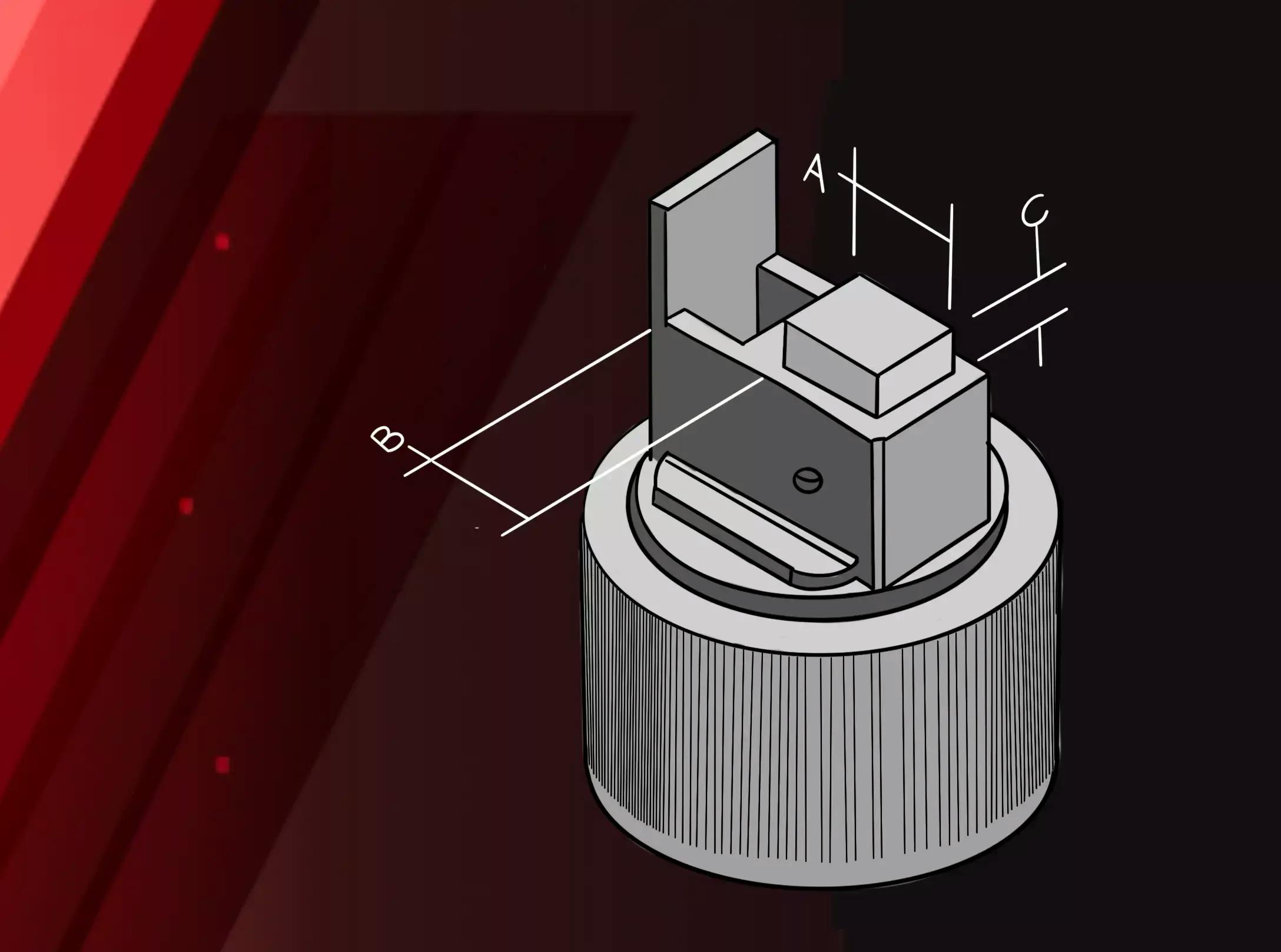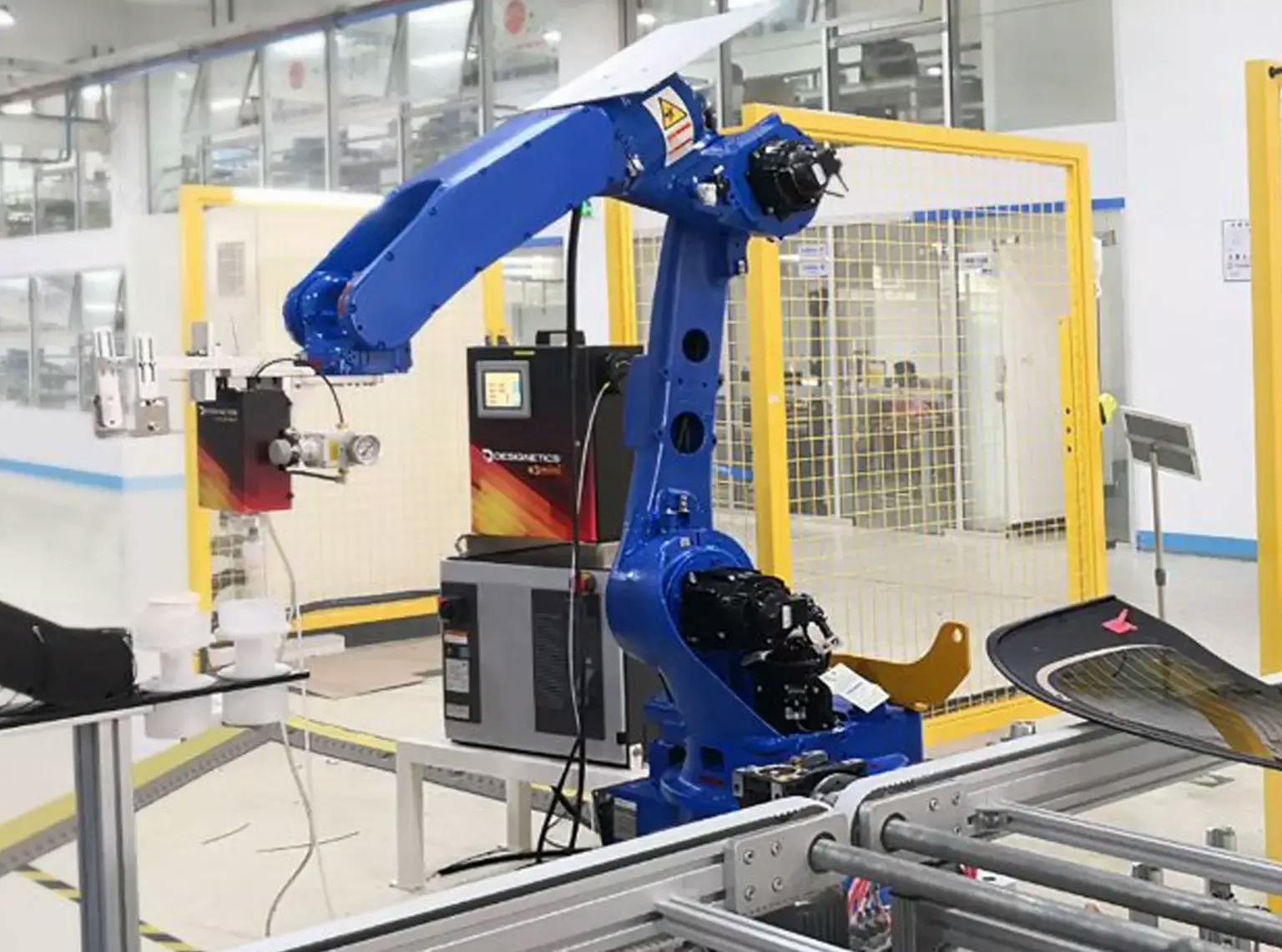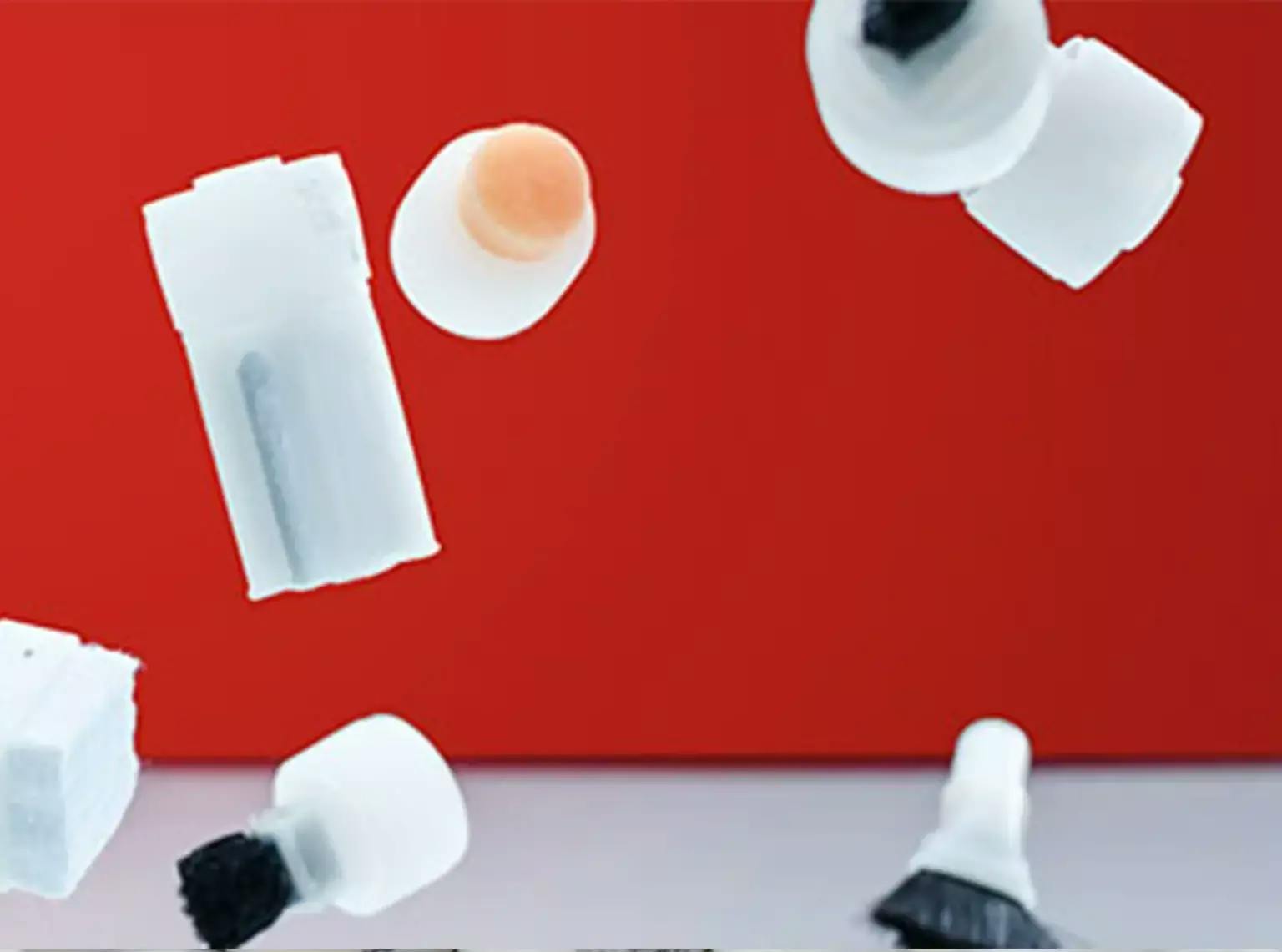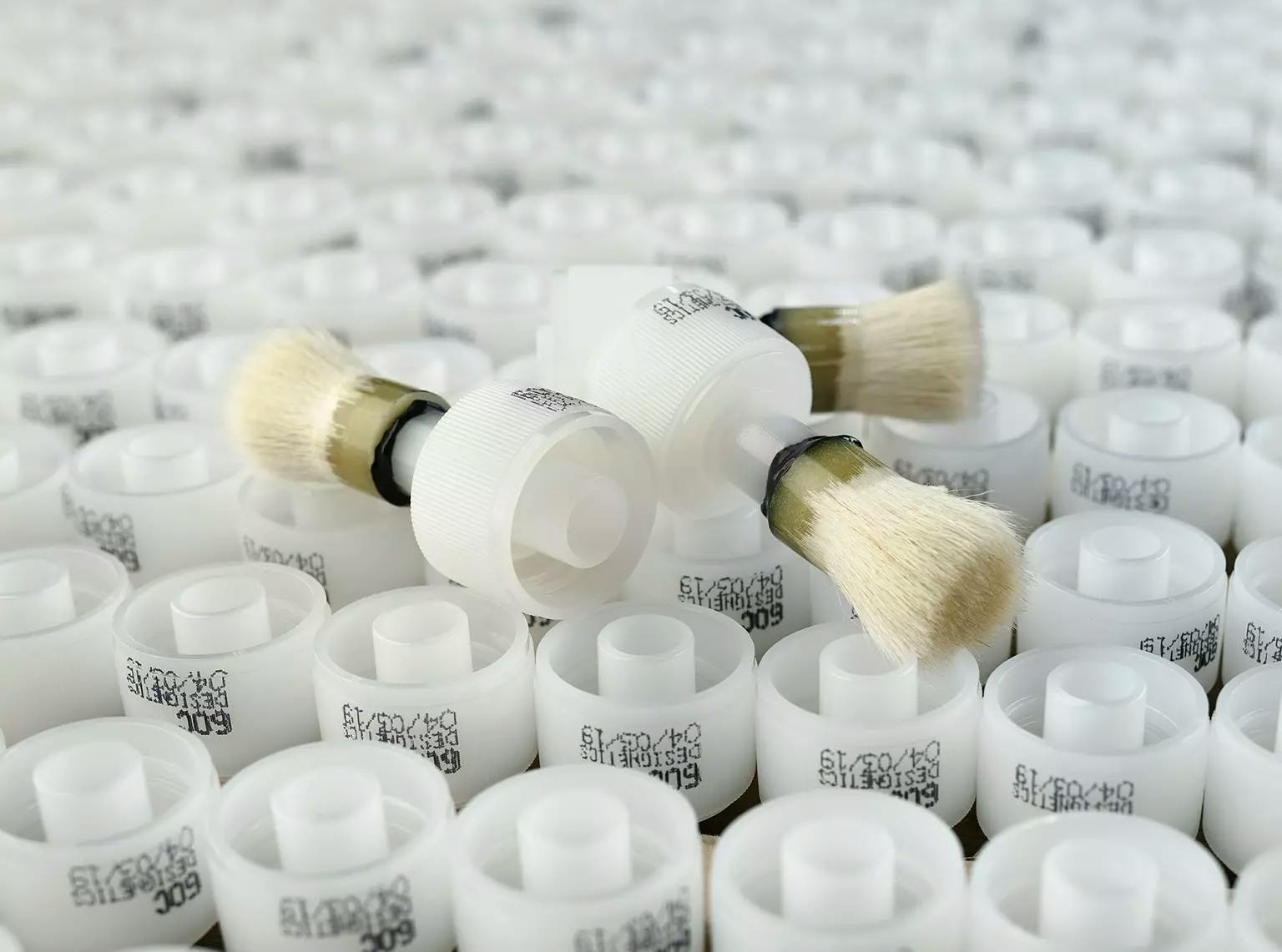May 6, 2021
Each quarter, we sit down with a Designetics innovator to talk about his or her career, what makes Designetics special and topics relevant to his or her field. This month: Diana Villanueva, Inside Sales and Support.
April 13, 2021
Designing Custom Fluid Applicators to Fit Your Needs
At Designetics, we’ve created more than 5000 proprietary fluid applicators – but we’re not just developing applicators to add to our catalog. We got here by working with customers to design applicator solutions that fit their unique needs. We tap into our expertise in manufacturing processes and our vast experience in fluid application to develop applicators that exceed our customers’ expectations for accuracy, ease-of-use, and quality.
March 31, 2021
Moving from Semi- to Fully-Automated Fluid Application
The Benefits of Moving from Semi-Automated to Fully Automated Fluid Application Implementing a semi-automated fluid application system allows smaller manufacturers, or those whose product mix changes frequently, to realize some of the benefits of automation – such as improved quality and higher throughput...
The first challenges that Designetics’ founders tackled were in the automotive industry – providing a safer, more accurate way to apply chemicals to automotive glass for assembly. And with numerous parts and processes that involve fluid application, the automotive industry still presents us with new challenges on regular basis. But in addition to cars, trucks, and other types of vehicles, many of the products that we encounter in everyday life were manufactured or assembled with fluid applicators and systems from Designetics. Here some examples of how we’re helping manufacturers in a variety of industries achieve the highest levels of precision, quality, and reliability in fluid application.
There’s a difference between a supplier who provides products and one who provides solutions. And while Designetics offers thousands of standard fluid applicators to fit many different fluids and substrates, we have the expertise and resources to design custom applicators for new and unique situations – providing solutions that maximize coverage and flow for all kinds of fluids and substrates.




